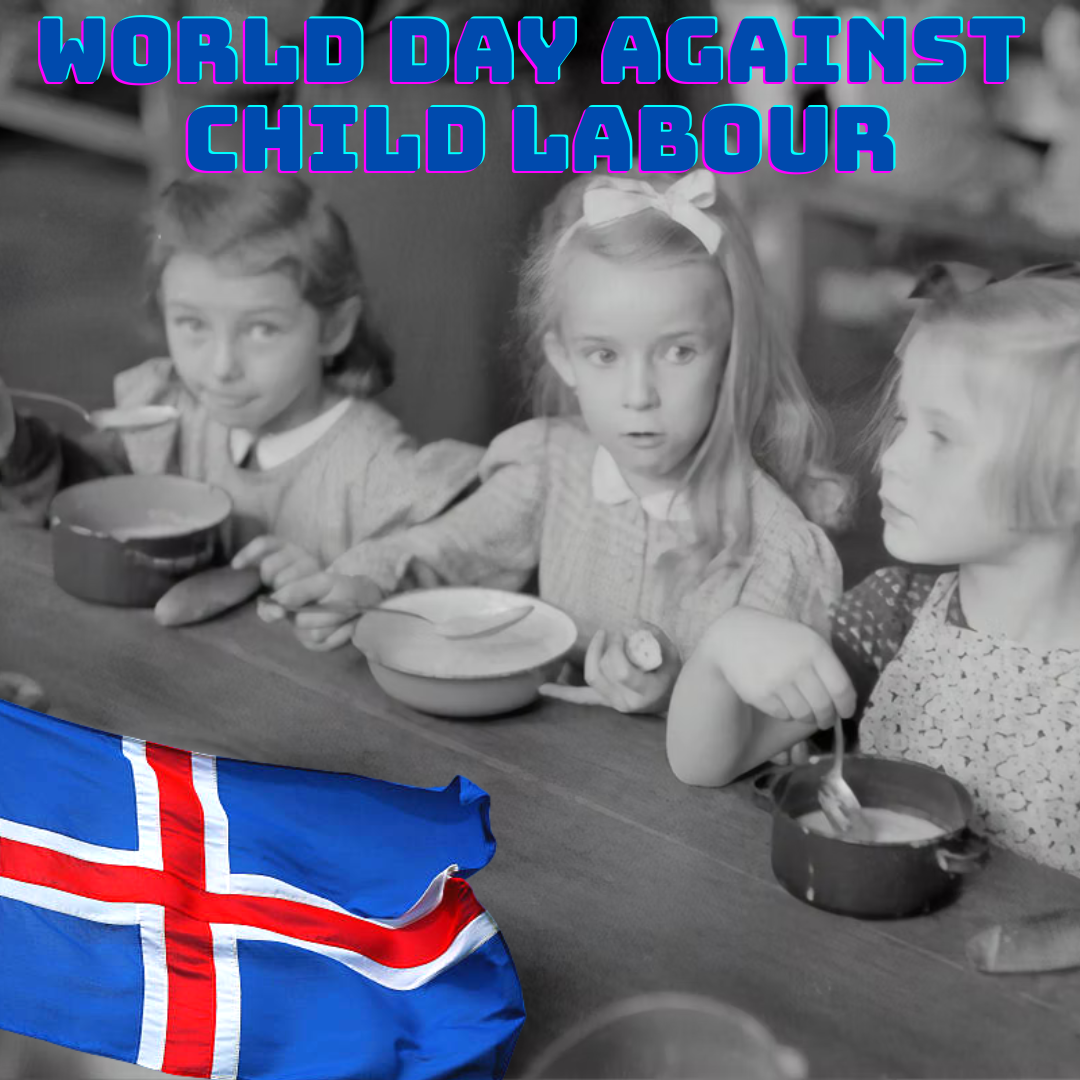With Reformed Policies, Here's How Iceland Has Emerged As The Most Child-Friendly Country Globally
Writer: Mrinalini Kaushik
She is a student of journalism, keen on learning new ways to unlearn, deconstructing news and life. Interested in exploring new media as medium is the message. Avid follower of sports and politics
Others/World, 12 Jun 2022 6:57 AM GMT
Editor : Shiva Chaudhary |
A post-graduate in Journalism and Mass Communication with relevant skills, specialising in content editing & writing. I believe in the precise dissemination of information based on facts to the public.
Creatives : Shiva Chaudhary
A post-graduate in Journalism and Mass Communication with relevant skills, specialising in content editing & writing. I believe in the precise dissemination of information based on facts to the public.
World Day Against Child Labour is celebrated on June 12. This year's theme is "Universal Social Protection to End Child Labour". Here's a look at the world's most child-friendly country, Iceland, which is an example for other nations.
To ensure a country's productive future, children's rights regarding nutrition, education, development, etc., are crucial, manifested in fundamental or constitutional rights.
On this year's World Day Against Child Labour, let's look at the example of Iceland, the country with the best child rights across the globe for two consecutive years according to the KidsRights Index 2020 and 2021.
KidsRight Index was started by the KidsRights Foundation, working with the Erasmus University of Rotterdam: School of Economics and the International Institute of Social Studies. It ranks all of the UN member states according to five criteria- life, protection from exploitation, health and nutrition levels, accessibility and quality of education, and how enabling is the environment for practising children's rights.
Major Policy Changes In The 1990s
Around the 1990s, Iceland transformed the structure of policies on child protection. A child protection commission was set up in every community, with approximately 210 local governments consisting of 50 people and about five children.
However, this changed to one local government having 1500 people to enhance a new system for creating databases and helping discover problems across the country in a coordinated manner.
Another program implemented in 2000 was the Parent Management Training, an evidence-based parenting model to educate parents with children with special needs. It uses a community approach and method according to the research done by the Estonian Youth Work Centre in its official visit to study Iceland in 2015.
Role Of The National Child Protection Agency
The National Child Protection Agency, was established to complement local governments in tackling child rights issues. It checks the working of local authorities and organises courses and workshops on versatile problems. They use international models and try to learn their examples and teach them on the local level.
The agency also worked on a multi-disciplinary approach where specialists in child rights and people who work with children, such as teachers, police, parents, doctors, etc., interact.
The penalties for abusing child rights laws are also high. For example, there is an obligation on people like teachers to inform the local child rights commission in case of a child at risk. If not done, that teacher can be punished with up to two years in prison.
Also Read: Concerning! Study Reveals How Climate Change Threatens India's Solar & Wind Energy Potential
 All section
All section














